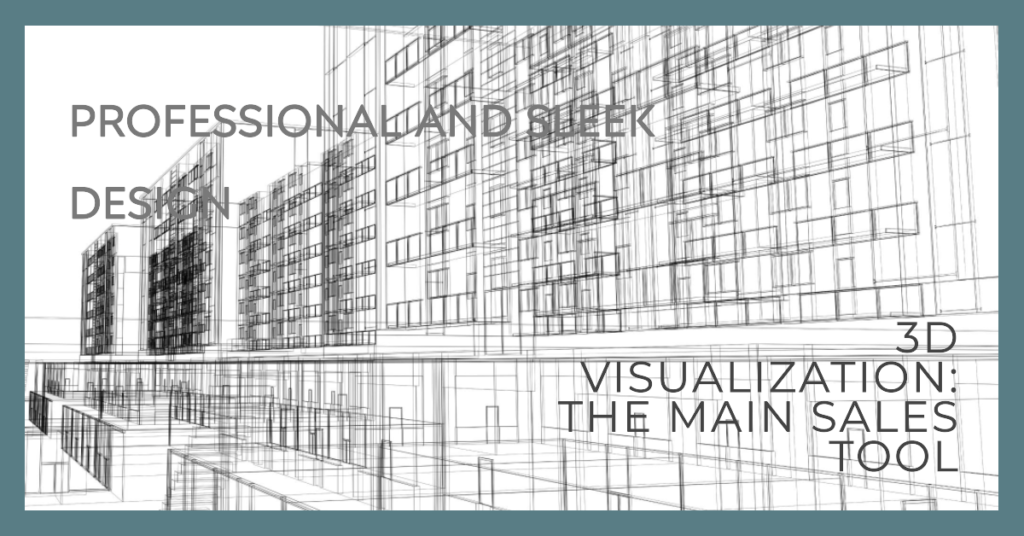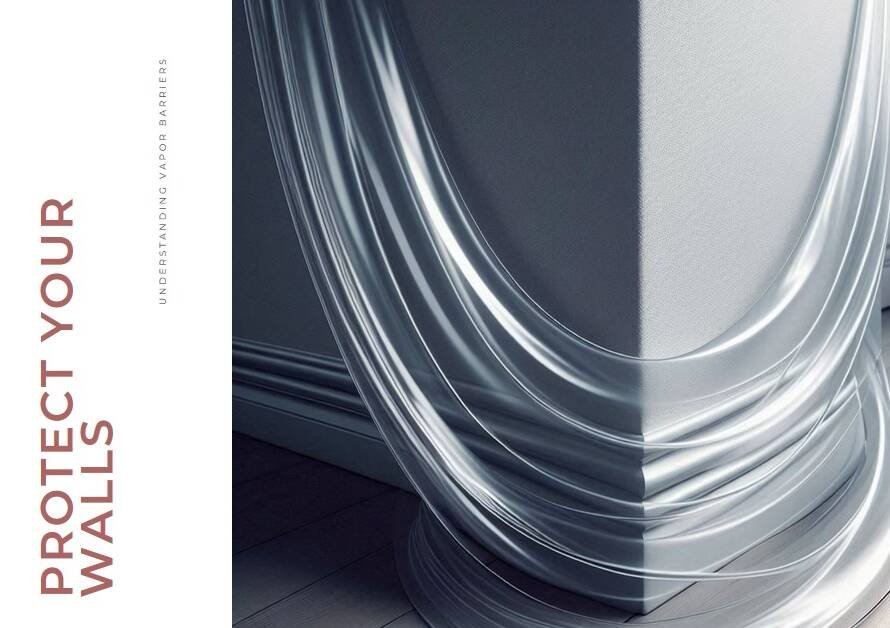
Table of Contents
Introduction
In the realm of architecture and construction, the advent of 3D rendering technology has revolutionized the way we conceptualize and bring to life the designs of buildings, houses, and cottages. Gone are the days of relying solely on two-dimensional blueprints and sketches; today, architects, designers, and clients alike are immersed in the breathtakingly realistic world of three-dimensional renderings. In this blog post, we delve into the transformative power of 3D rendering in the realm of building houses and cottages, exploring its benefits, applications, and the unparalleled insights it offers into architectural projects.
The Evolution of Architectural Rendering
Traditionally, architects relied on hand-drawn sketches and physical models to communicate their design concepts to clients and stakeholders. While these methods served their purpose, they often fell short in conveying the full scope and intricacies of a proposed structure. Enter 3D rendering, a technological innovation that has reshaped the landscape of architectural visualization. With the rise of computer-aided design (CAD) software and powerful rendering engines, architects can now create photorealistic representations of their designs with unprecedented accuracy and detail.
The Benefits of 3D Rendering
One of the primary advantages of 3D rendering in building houses and cottages lies in its ability to provide clients with a clear, vivid visualization of the final product. Unlike traditional blueprints or 2D drawings, which may require a trained eye to interpret, 3D renderings offer a lifelike preview of the architectural design from every angle. This not only helps clients better understand the proposed structure but also enables them to make more informed decisions throughout the design process.
Moreover, 3D rendering allows architects and designers to experiment with different materials, finishes, and lighting scenarios in a virtual environment. By fine-tuning these elements before construction begins, they can optimize the aesthetic appeal and functionality of the building while minimizing costly revisions down the line. Additionally, 3D rendering facilitates effective communication among project stakeholders, ensuring that everyone involved is aligned with the design vision and objectives.
Applications of 3D Rendering in Building Houses and Cottages
The versatility of 3D rendering extends far beyond mere visualization; it serves as a powerful tool throughout the entire architectural process. From initial concept development to final presentation, 3D rendering enables architects to streamline workflows, enhance collaboration, and accelerate project timelines. Moreover, it facilitates effective communication with clients, allowing them to provide feedback and iterate on design concepts in real time.
One notable application of 3D rendering in building houses and cottages is its role in architectural marketing and sales. In today’s competitive real estate market, compelling visualizations can make all the difference in attracting potential buyers and investors. By showcasing photorealistic renderings of properties, developers can effectively communicate the value proposition of their projects and generate excitement among prospective clients.
Another key application of 3D rendering is in the realm of interior design and staging. By creating virtual renderings of interior spaces, designers can experiment with different furniture layouts, color schemes, and decor options to achieve the desired look and feel. This not only helps clients visualize the potential of their living spaces but also enables designers to make informed decisions about materials and finishes.


Challenges and Limitations
Despite its myriad benefits, 3D rendering is not without its challenges and limitations. One common issue is the time and resources required to create high-quality renderings, especially for large-scale architectural projects. Rendering complex scenes with intricate details and realistic lighting can be computationally intensive, necessitating powerful hardware and specialized software.
Additionally, achieving photorealism in 3D rendering often requires a high level of skill and expertise on the part of the rendering artist. From modeling and texturing to lighting and rendering settings, numerous factors influence the final outcome of a rendering, and mastering these techniques can take years of practice. Moreover, as rendering technology continues to advance, there is a constant need for artists to stay updated on the latest tools and techniques.
Future Trends and Innovations
Looking ahead, the future of 3D rendering in building houses and cottages is filled with exciting possibilities. As hardware capabilities continue to improve and rendering software becomes more sophisticated, we can expect to see even greater levels of realism and immersion in architectural visualizations. Virtual reality (VR) and augmented reality (AR) technologies are also poised to play a significant role, offering immersive experiences that allow users to explore architectural designs in unprecedented detail.
Moreover, the integration of artificial intelligence (AI) into rendering workflows holds promise for automating repetitive tasks and accelerating the design process. Machine learning algorithms can analyze vast amounts of data to generate realistic textures, optimize lighting conditions, and even predict design trends based on historical data. By harnessing the power of AI, architects and designers can streamline their workflows and focus their creative energies on innovation and problem-solving.
Conclusion
In conclusion, 3D rendering has emerged as a game-changer in the world of architecture, offering architects, designers, and clients alike a powerful tool for visualizing and realizing their design visions. From its humble beginnings as a niche technology to its current status as a cornerstone of modern architectural practice, 3D rendering has come a long way in revolutionizing the way we design, communicate, and experience the built environment. As we continue to push the boundaries of what is possible with rendering technology, the future of architectural visualization looks brighter than ever.


